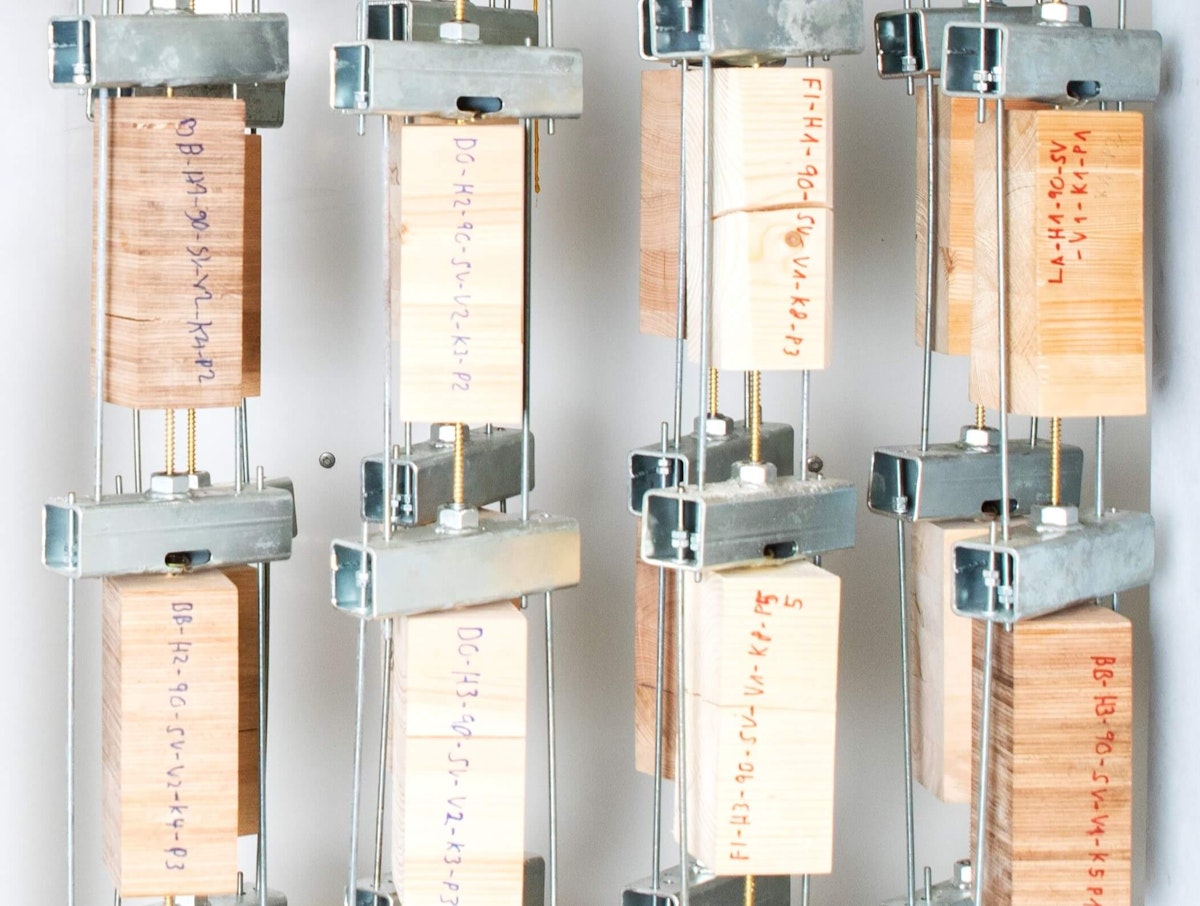Table of contents
Browse categories
Browse authors
 AB
ABAlberto Boffi
 AL
ALAlessia Longo
 AH
AHAl Hoge
 AB
ABAljaž Blažun
 BJ
BJBernard Jerman
 BČ
BČBojan Čontala
 CF
CFCarsten Frederiksen
 CS
CSCarsten Stjernfelt
 DC
DCDaniel Colmenares
 DF
DFDino Florjančič
 EB
EBEmanuele Burgognoni
 EK
EKEva Kalšek
 FB
FBFranck Beranger
 GR
GRGabriele Ribichini
Glacier Chen
 GS
GSGrant Maloy Smith
 HB
HBHelmut Behmüller
 IB
IBIza Burnik
 JO
JOJaka Ogorevc
 JR
JRJake Rosenthal
 JS
JSJernej Sirk
 JM
JMJohn Miller
 KM
KMKarla Yera Morales
 KD
KDKayla Day
 KS
KSKonrad Schweiger
Leslie Wang
 LS
LSLoïc Siret
 LJ
LJLuka Jerman
 MB
MBMarco Behmer
 MR
MRMarco Ribichini
 ML
MLMatic Lebar
 MS
MSMatjaž Strniša
 ME
MEMatthew Engquist
 ME
MEMichael Elmerick
 NP
NPNicolas Phan
 OM
OMOwen Maginity
 PF
PFPatrick Fu
 PR
PRPrimož Rome
 RM
RMRok Mesar
 RS
RSRupert Schwarz
 SA
SASamuele Ardizio
 SK
SKSimon Kodrič
 SG
SGSøren Linnet Gjelstrup
 TH
THThorsten Hartleb
 TV
TVTirin Varghese
 UK
UKUrban Kuhar
Valentino Pagliara
 VS
VSVid Selič
 WK
WKWill Kooiker
Monitoring the Forces Affecting Hydrogen Embrittlement of Metal Screws

Institute of Timber Engineering and Wood Technology, University of Technology, Graz, Austria
April 15, 2024
In timber engineering, metal screws or bolts are commonly used in timber connections - usually hardened carbon steel screws. The hardening of the screws is beneficial to their overall resistance to loads but also makes them sensitive to hydrogen embrittlement. Such corrosion may reduce their load-bearing capacity. A research project at the University of Technology Graz investigates this phenomenon. Dewesoft helps monitor the forces affecting the metallic materials.

Even without the combination of timber and steel, hydrogen-induced cracking is a significant concern in industries that use high-strength alloys exposed to humidity, such as aerospace, automotive, and oil and gas.
Hydrogen-induced stress corrosion cracking (HISCC) occurs due to the combined effects of tensile stress, a corrosive environment, and the presence of hydrogen. This phenomenon entails the development of cracks in the material, facilitated by the interaction of hydrogen with susceptible metal structures under stress.
According to a study by the University of Natural Resources and Life Sciences in Vienna, timber construction increased from 14 to 24 percent of the total usable space in Austrian building construction between 1998 and 2018. Almost a quarter of the construction volume in the Austrian building sector consists of wood.
Timber buildings are buildings in which timber makes out more than half of the supporting structure. According to a report from proHolz Austria, the marketing facility of the Austrian forestry and timber industry, residential construction, and single- and multi-family houses constitute 53 percent of timber construction. The remaining 47 percent are public, commercial, industrial, or functional agricultural buildings.
With the increasing demand for timber buildings arises the question of the long-term behaviour of the applied materials and the material combinations. Specifically, what influence does wood have on the static stability of steel screws?
The Institute of Timber Engineering and Wood Technology
The Institute of Timber Engineering and Wood Technology supports students and others interested in enhancing their sensitivity to timber construction. To realize ecological and sustainable constructions, the institute promotes the renewable raw material timber and the development and appliance of wood-based products.
The institute’s Lignum Test Center (LTC) has extensive experience performing tests based on European and international test standards and configurations. LTC helps national and international companies obtain product and system approvals for markets worldwide. The laboratory provides the opportunity to verify and refine developed models and to answer open questions from teaching and research.
Timber and steel interaction - the issue
The PH value of the various timber species ranges from around 3.5 to 5, which is an acidic environment. When the moisture content of timber exceeds a certain threshold, acidic corrosion emitting hydrogen begins. This hydrogen then diffuses into the screws changing the internal structure of the steel. This effect, which is known as ‘hydrogen embrittlement’ or ‘hydrogen-induced stress corrosion cracking’ (HISCC), reduces the tensile strength of the screws.
The process of HISCC or hydrogen embrittlement typically involves:
Absorption of Hydrogen: Metals absorb atomic hydrogen when they come into contact with hydrogen-containing environments. This absorption can occur during various processes, such as electrochemical reactions or exposure to hydrogen gas.
Hydrogen Diffusion: Once absorbed, hydrogen atoms can diffuse through the metal lattice. Hydrogen within the metal structure can weaken the metallic bonds and alter the material's mechanical properties.
Hydrogen Trapping: Hydrogen tends to be trapped by certain defects or impurities in the metal, such as dislocations, grain boundaries, or other structural irregularities. This trapping can increase the concentration of hydrogen in specific regions, making those areas more susceptible to embrittlement.
Microcrack Formation: Hydrogen embrittlement can promote the formation and propagation of microcracks within the metal structure, even at stress levels that would not otherwise cause failure.
TU Graz introduced a project called ‘SCREW_HISCC’ to further investigate this phenomenon. An Austrian research fund (FFG) is financing the project consortium, a joint venture of public and private parties:
TU Graz Institute of Timber Engineering and Wood Technology
TU Graz Institute of Materials Science, Joining and Forming
A manufacturer of screws
An electroplating company (Note: The project also analyzes the galvanic processes)
Strain monitoring - the solution
We followed DI David Glasner to the climate chamber. A few years ago, LTC made a series of tests at 30 degrees and 95 percent humidity in the climate chamber. Now, it controls the climate to 20°C and 85% humidity. It felt chilling, and we noticed a musty smell. On the wall to the left is a strange big steel frame containing an arrangement of wooden blocks and screws, looking like an artwork.
Mr. Glasner explains:
“You see test specimens of different timber species, like spruce, oak, or nut. A wooden environment surrounds the self-tapping timber screws while the setup constantly pulls them at 80…90% of their tensile strength to force them to fail. It all works by a hydraulic cylinder on top over a special chain system. You can adjust it with the hydraulic pump. Instead, one could also use weights hanging on each screw, but in this way, it is a much more compact setup.”
Measurement equipment used
DEWE-43: Universal data acquisition system for eight analog inputs, eight counter inputs, and two CAN ports; expandable by DSI Adapters for many measurements, enabling load testing.
DewesoftX Professional Software: The powerful data acquisition software package included with the hardware enables data recording and analysis.
Notifier plugin: A software add-on for DewesoftX sending notifications in case of alarms, e.g., signals crossing alarm thresholds, by either email or HTTP post messages.
The forces are constantly monitored by Dewesoft’s DEWE-43, using 120-ohm full bridge strain gauges installed on metric steel rods, which have been calibrated first in a Zwick Tensile Testing Machine. It is a linear stress-strain relationship, by the way.
It is a relatively slow measurement with updating rates of one measurement point per hour. Yet, the ability to store fast data on a trigger event, with pre-trigger time, came in handy, e.g., when clamping and unclamping a test specimen or in case of a material break.
During standard operation, tension forces are around 20 kN. Furthermore, the operators have defined alarms when a force is lower than 5 kN.
Conclusion
More than half a year has now passed - and so far, no screws have failed. LTC plans to run the project until the end of this year.
Why Dewesoft? Delivery times were problematic, and someone pointed the LTC to Dewesoft. Mr. Glasner says: “The support is helpful. And I immediately liked the software. It is user-friendly, and you quickly get into it.”
Another reason for the decision was the Notifier plugin for DewesoftX software. Notifier is an add-on module for sending notifications by either email or HTTP post messages. Mr. Glasner says: “Now, we can run the test unattended, and if there is some abnormality, we will immediately get an e-mail notification.”